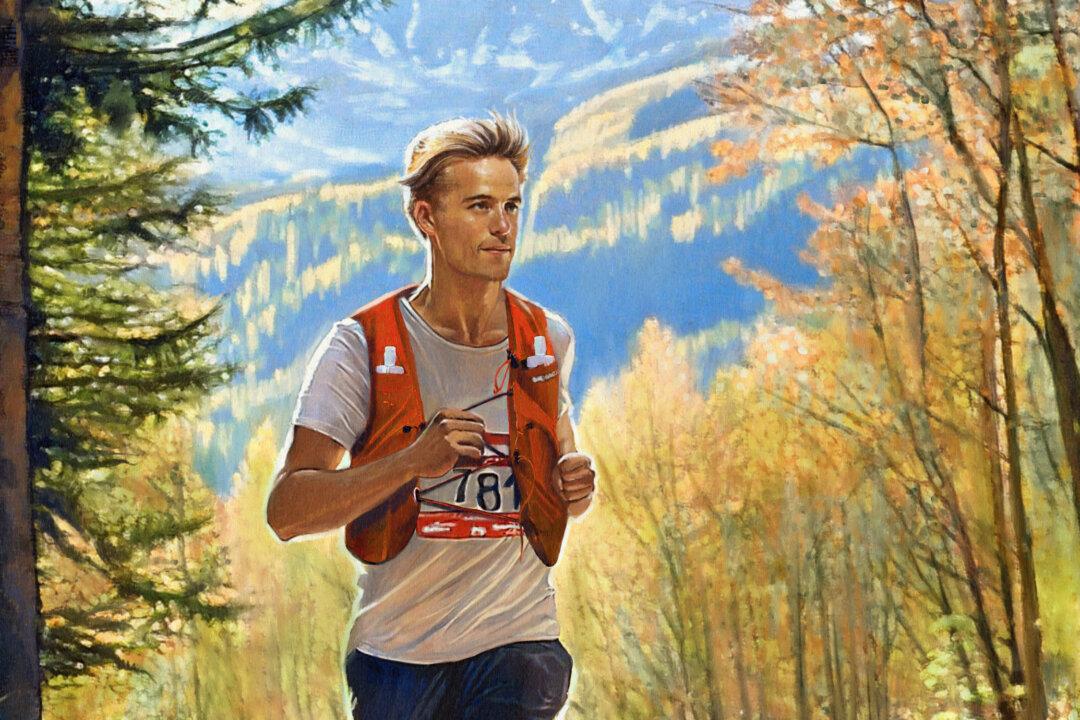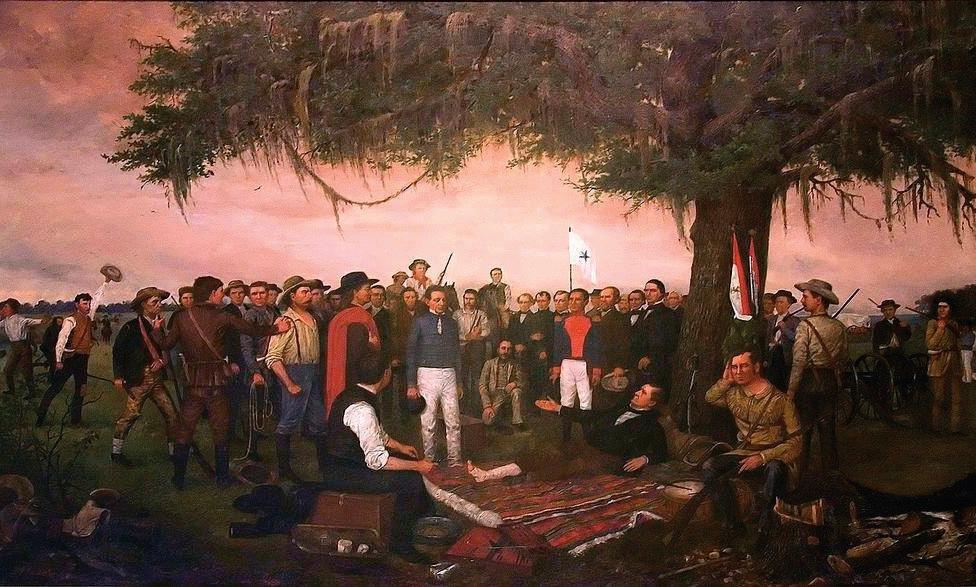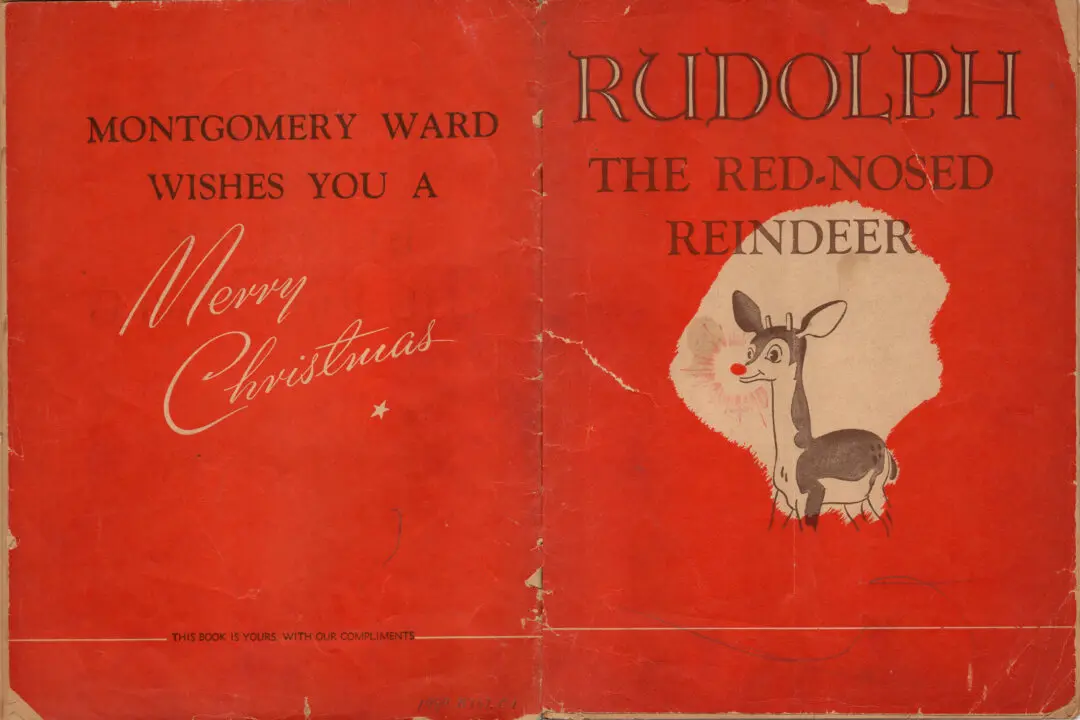On a Friday evening in September, 294 men and women lined up on a white chalk pathway in Virginia’s Natural Chimneys Park to begin the Grindstone 100-mile ultramarathon. Behind them on the stage, the musicians had set aside their instruments. Family members and friends surrounded the runners, calling out last-minute good wishes. The announcer asked everyone to face the American flag that flew over the starting gate, as the National Anthem began to play over the sound system. Then came the countdown, and at 6 p.m. sharp, they were off and running.
Grindstone
The throng of contestants started thinning out before they even left the park, as participants quickly set their own pace. Through the night, they ran beneath a mist-covered three-quarter moon, their headlamps bobbing across national park service roads and damp trails. Sometimes, the steep inclines of the mountainous terrain forced them to walk, taking care not to twist an ankle or a tumble on the rocks.On they jogged, into the morning and the afternoon, pausing at aid stations to snag a drink or a snack, where they were attended to by supporters and sometimes joined by pacers, friends, or family members who’d volunteered to run some of the distance with them.






